
Visa and entry requirements for Bosnia and Herzegovina:
No passport required
No visa is required
Information from the Foreign Office about your trip to Bosnia and Herzegovina:
http://www.auswaertiges-amt.de/DE/Laenderinformationen/00-SiHi/BosnienUndHerzegowinaSicherheit.html?nn=332636?nnm=332636
I took the train from Belgrade, Serbia, on my way to Bosnia and Herzegovina during my big Balkan trip in August 2012. Around 3.5 million people live in this Balkan state and it was the third largest country in the former Yugoslavia in terms of area. The state finally gained its independence on March 2, 1992.
When I arrived in Sarajevo, the 1984 Olympic city, which was also badly affected by the Bosnian War until 1995, I immediately made my way to the impressive old town. With around 300,000 inhabitants, Sarajevo is also the largest city in the country.
Sarajevo is often referred to as Little Jerusalem because a large number of different religions live together there. The Miljacka River practically divides the city into two distinct halves. On the one hand, the Muslim area, with almost half of the city's population, and on the other hand, with the professed Serbian Orthodox and Roman Catholic residents. There are practically countless churches, mosques and synagogues right next to each other in the cityscape. This fact with the diverse faiths naturally makes the capital very interesting for international tourism.
The main attractions of Sarajevo include the Sebilj Fountain, Ferhadija Street, the Avaz twist Tower, the Jewish Museum, the Gazi Husrev-beg Mosque, the Yellow Fort, the Sarajevo City Hall, the War Tunnel, the 1984 Olympic sites, the Latin Bridge , the Cathedral of the Heart of Jesus, the Serbian Orthodox Cathedral, the History Museum and the Festina Lente Bridge.
It's great fun to just stroll through the city, which also has numerous photo opportunities thanks to its many religious buildings. You can pay with the euro everywhere, although the mark is the country's official currency. The mark is based on the rate of the former German mark.
Other larger cities in the country are Mostar, Tuzla and Banja Luka. The city of Banja Luka, with around 200,000 inhabitants, is also the capital of the autonomous Republic of Srpska, which is mainly inhabited by Bosnian Serbs. It has existed since the Bosnian War and has its own political system.
In Bosnia and Herzegovina there is unemployment of 40-50%. One of the country's largest sources of income is tourism. In recent years, this industry has been expanded in order to attract foreign visitors to the country after the Olympic Games a long time ago.
The capital Sarajevo impresses with its many small, cozy restaurants with its typical dishes. Of course I tried the local cuisine in one of these restaurants in the old town, which for me is one of the best in Europe.
Unfortunately, it rained almost non-stop during my two-day stay, so my further excursions were severely restricted.
Afterwards, as part of my Balkan tour, I took the bus from Sarajevo to Podgorica, the capital of Montenegro.

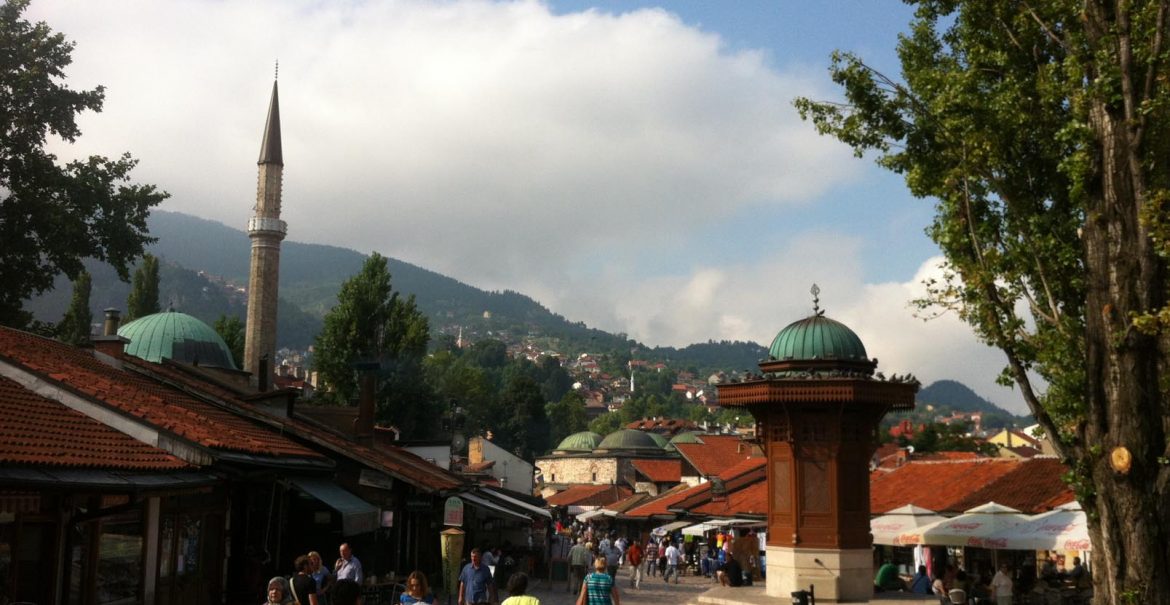

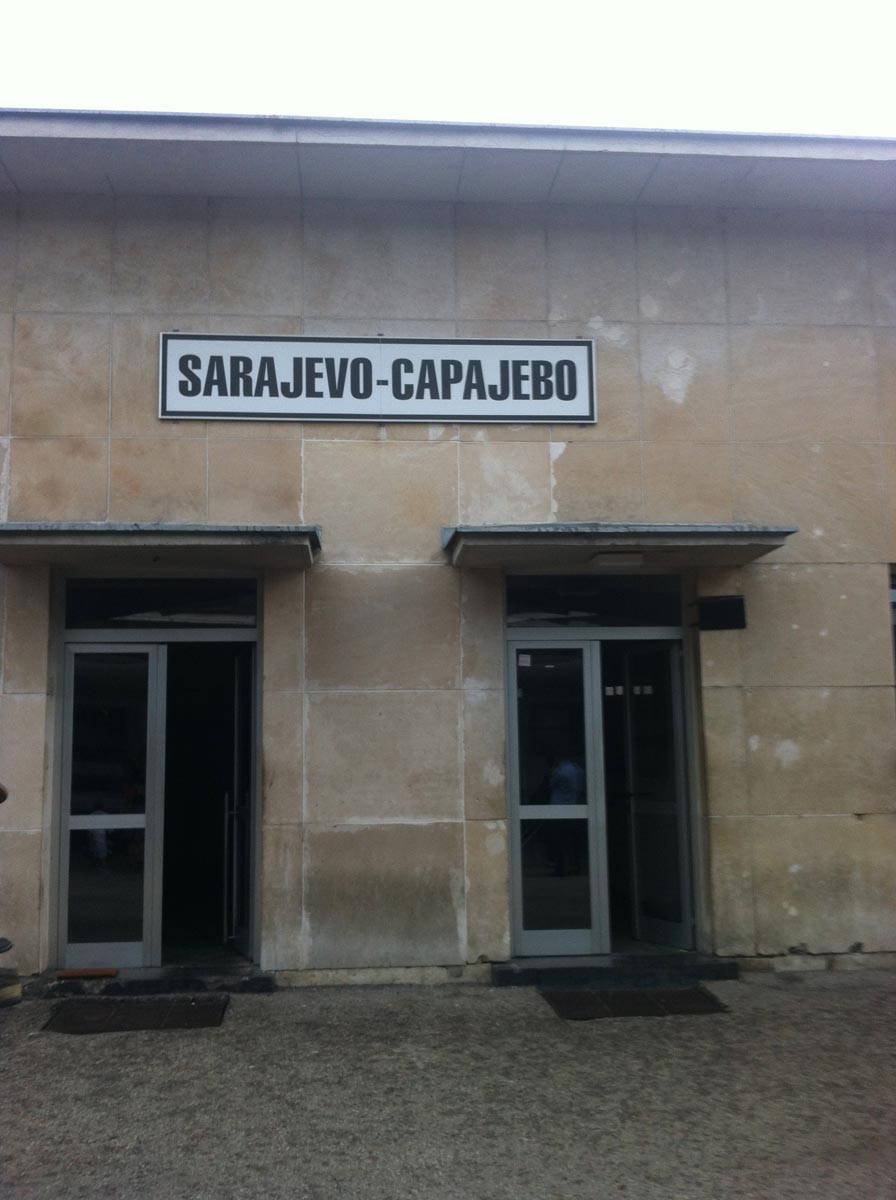
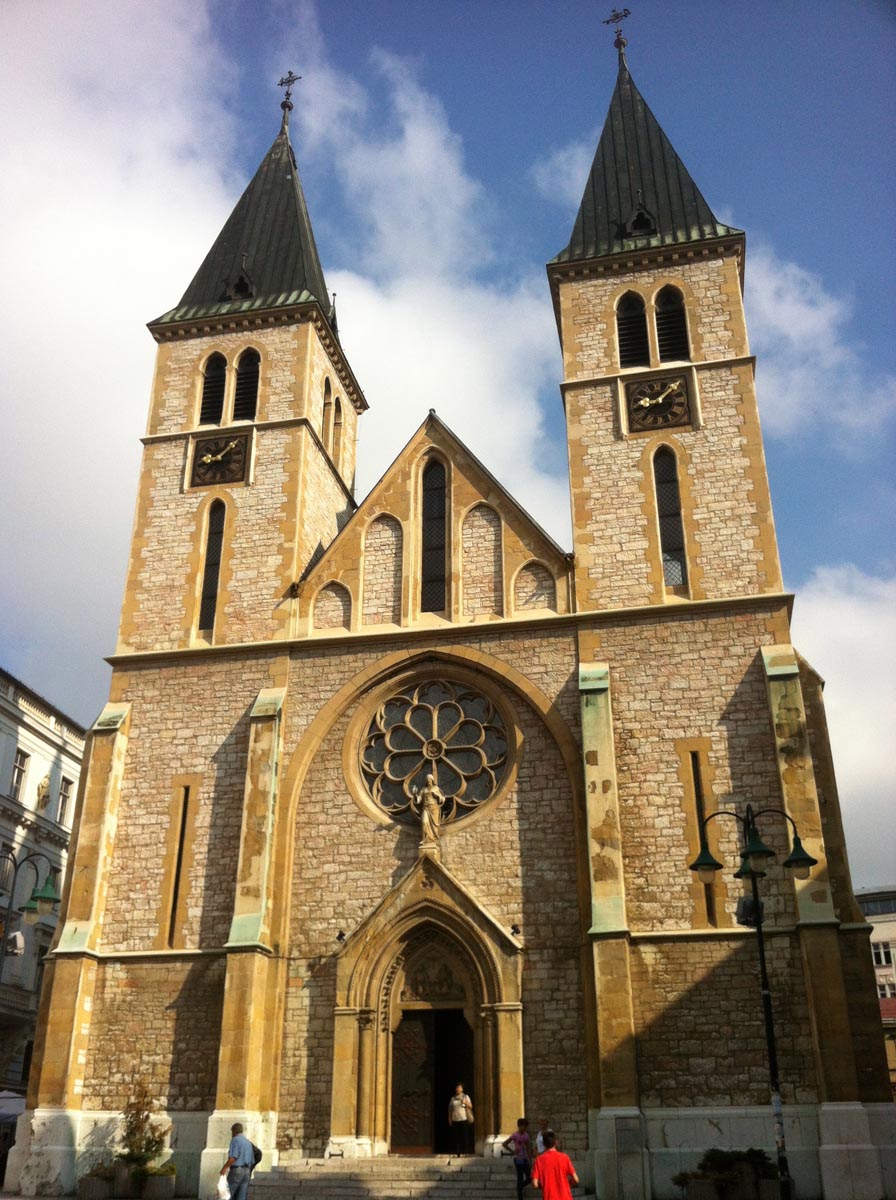
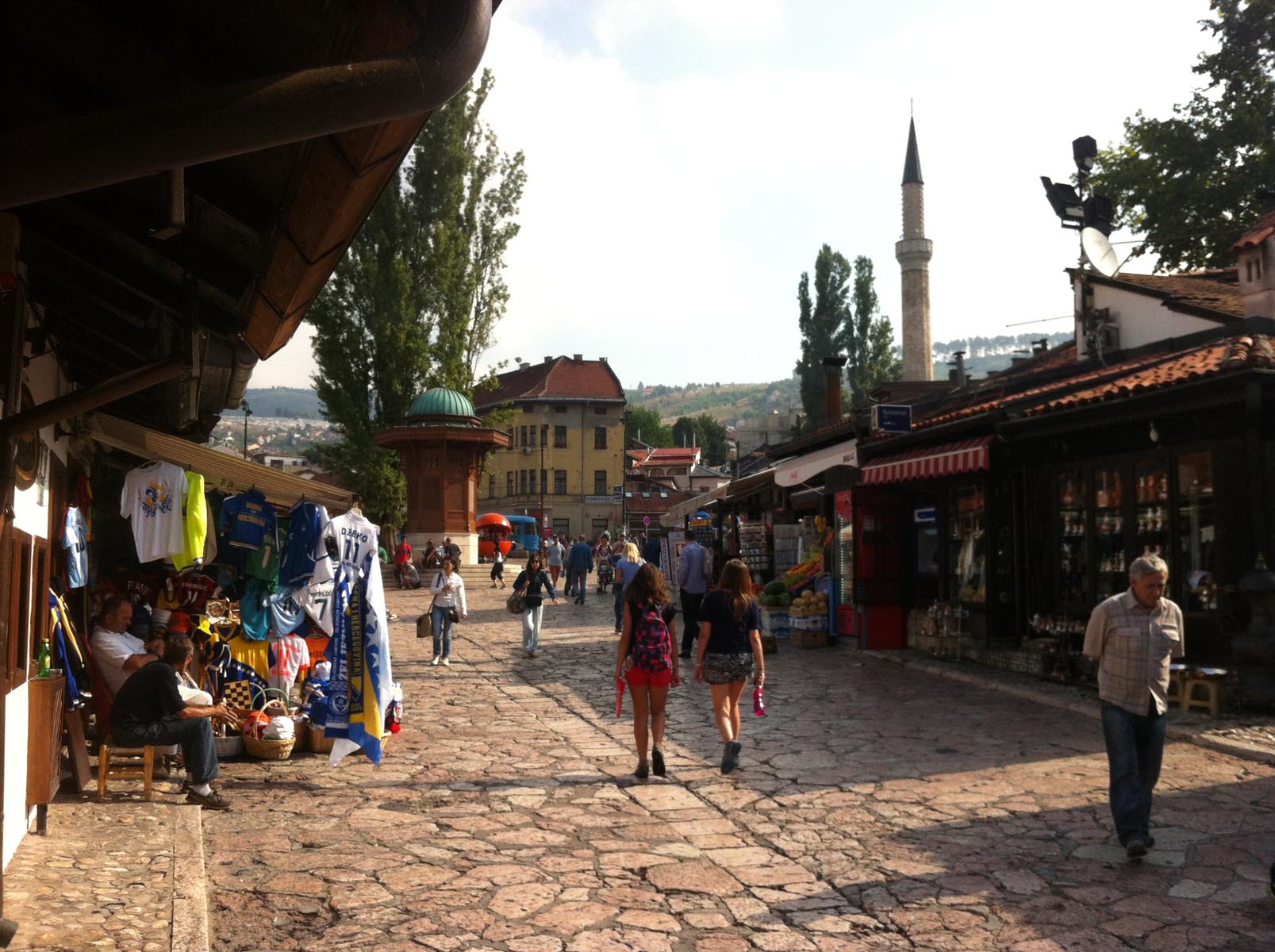
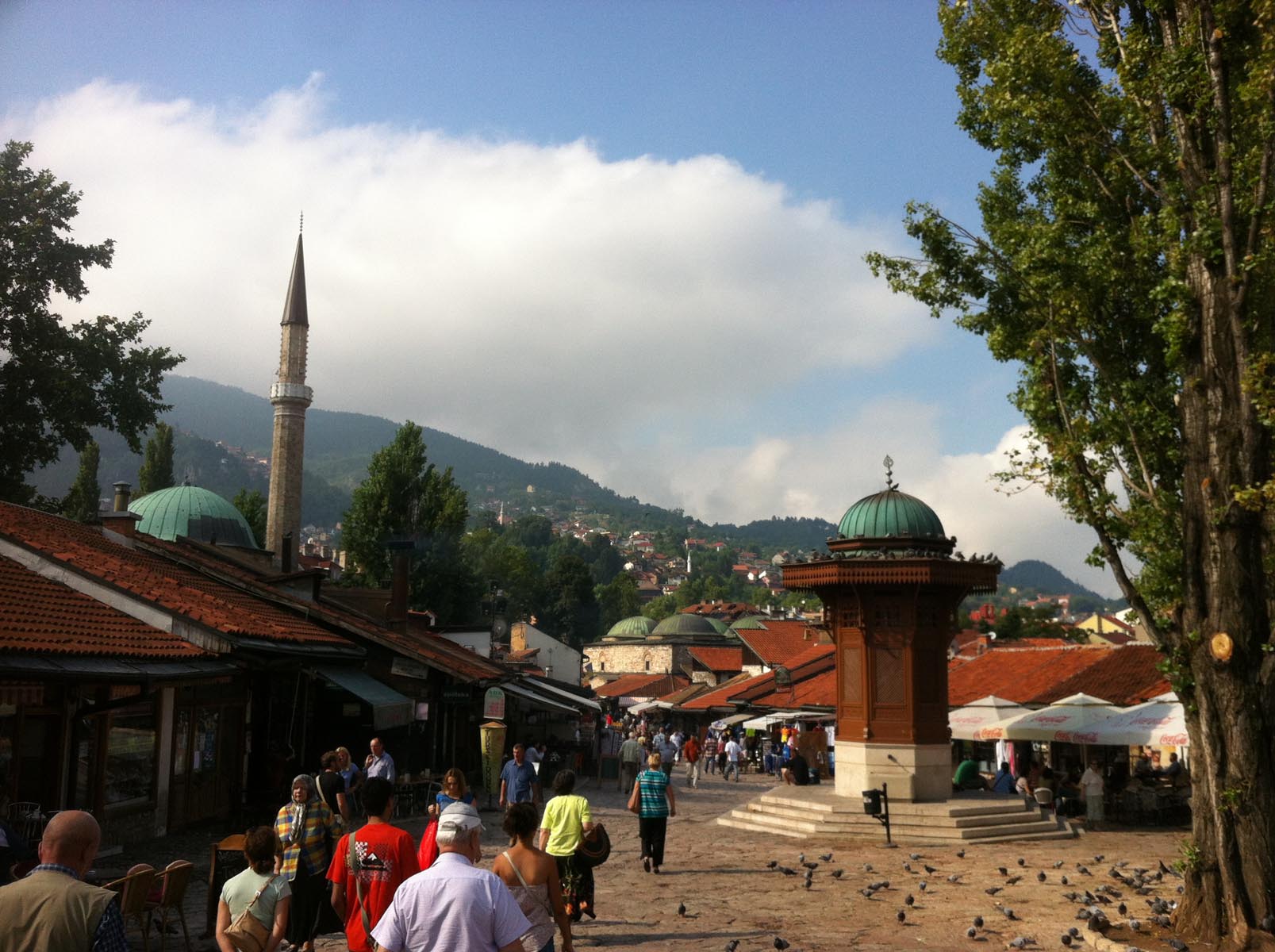







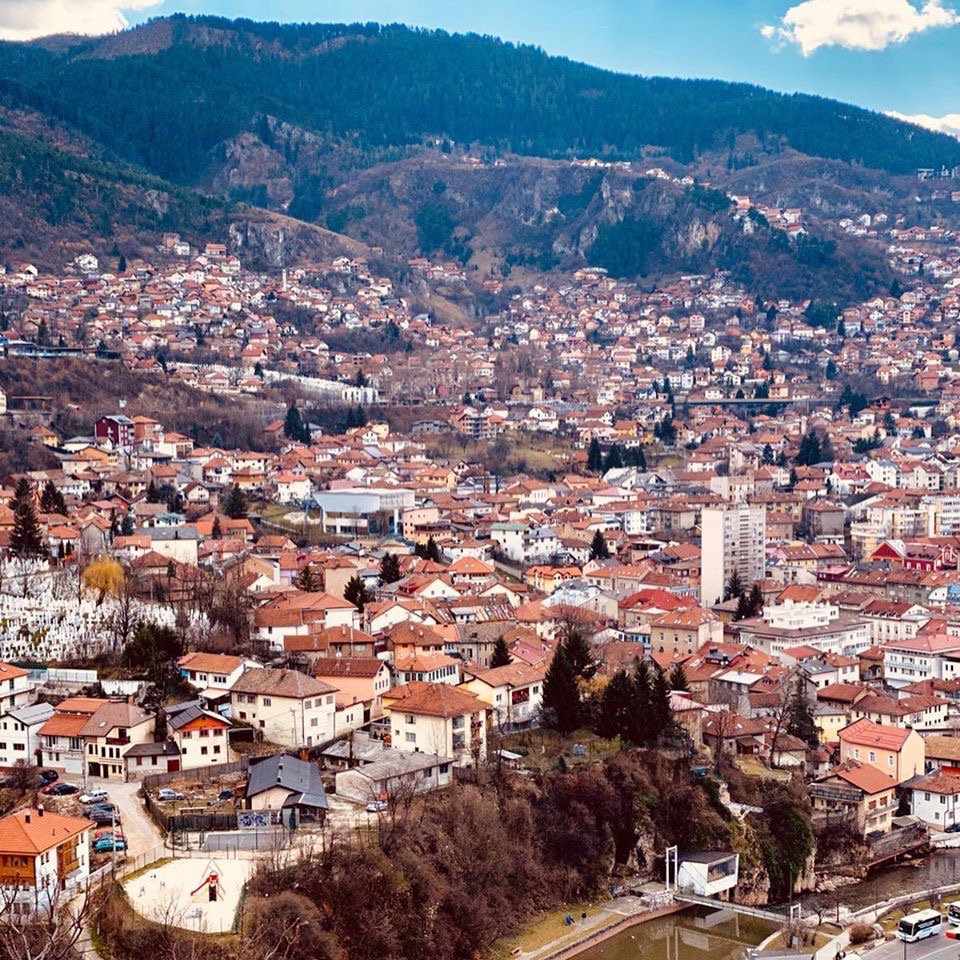






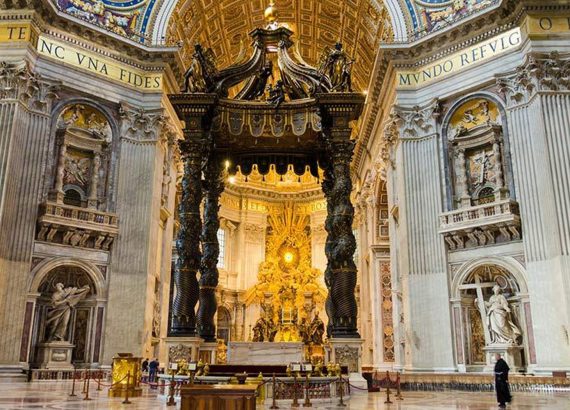
No Comments